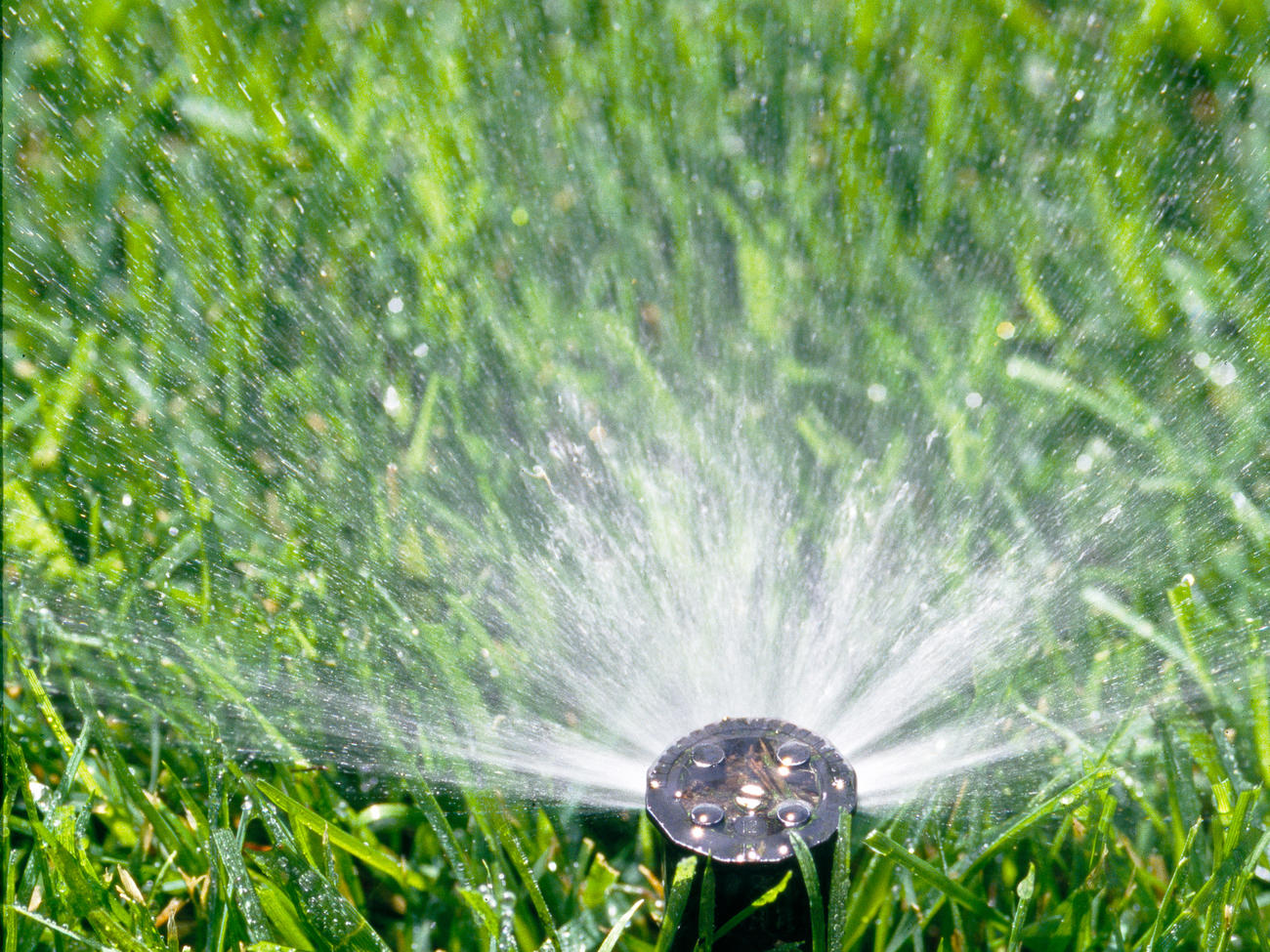
Sprinkling
Tips and more about using sprinklers to water your plants

Thomas J. Story
Watering with a hand-held nozzle or fan may be enjoyable for you, but it’s usually inadequate for plants–it takes too long to truly soak the soil. Hand watering is, however, useful for new transplants, seedlings, and container plants, since you can apply the water gently and exactly where it’s needed.
Sprinklers, which essentially produce artificial rainfall, offer the simplest way to apply water over a large surface. Many plants, particularly those that like a cool, humid atmosphere, thrive with overhead sprinkling. And this method rinses dust from foliage and discourages certain pests, especially spider mites. But sprinkling has some negative aspects as well. First, it’s wasteful: wind can carry off some water before it even reaches the ground, and water that falls or runs off onto pavement is lost too. In humid climates, sprinkling encourages some foliage diseases such as black spot and rust (though you can minimize this risk by sprinkling early in the morning, so that leaves dry quickly as the day warms). Another potential drawback is that plants with weak stems and/or heavy flowers bend and can break under a heavy load of water. MEASURING SPRINKLER DELIVERY RATE AND DISPERSION